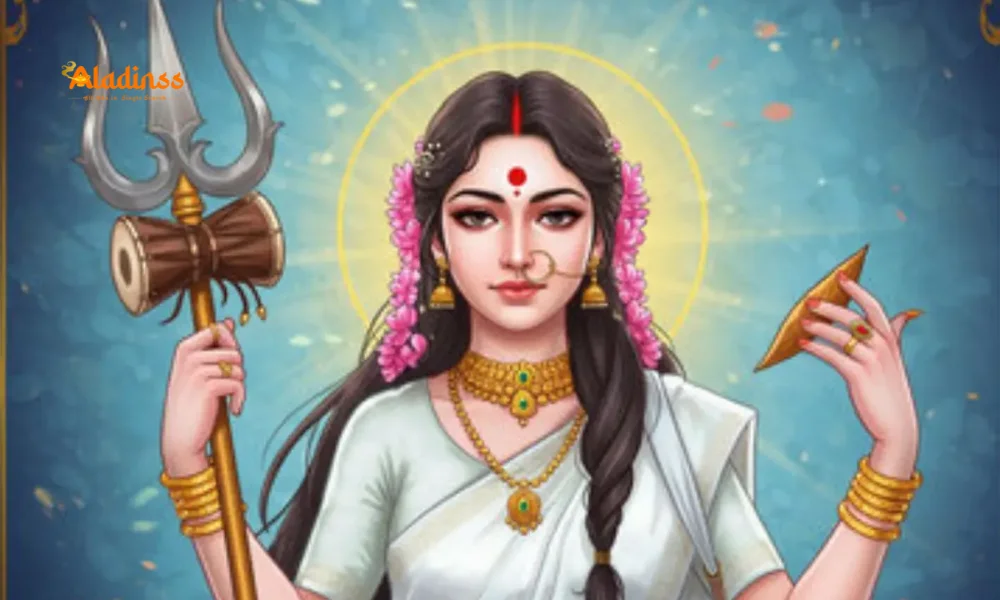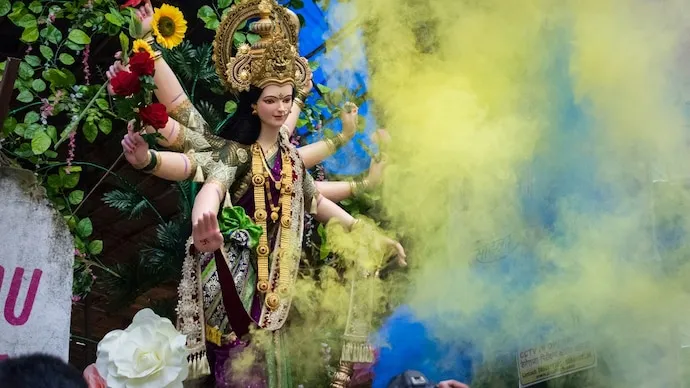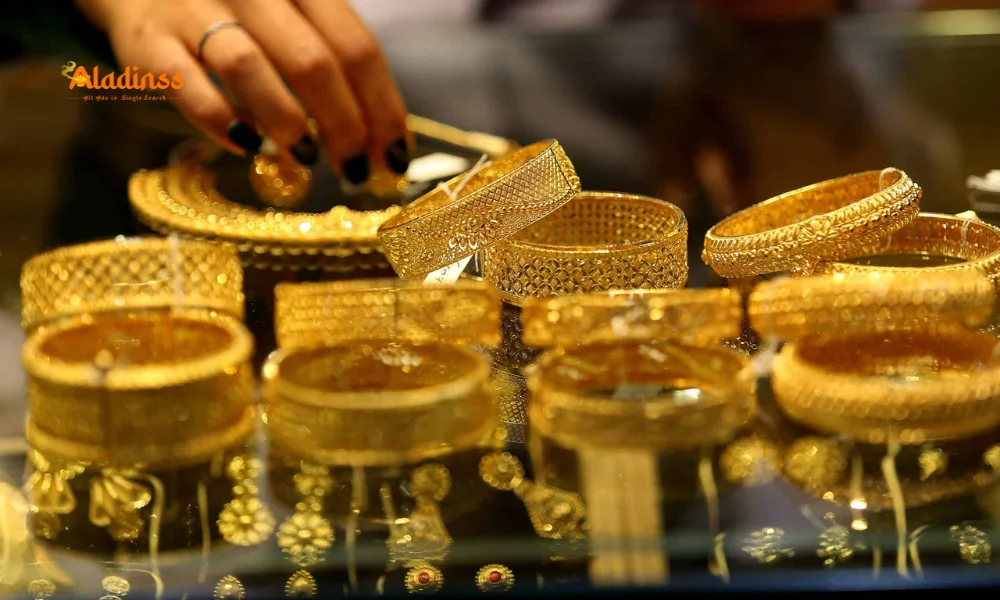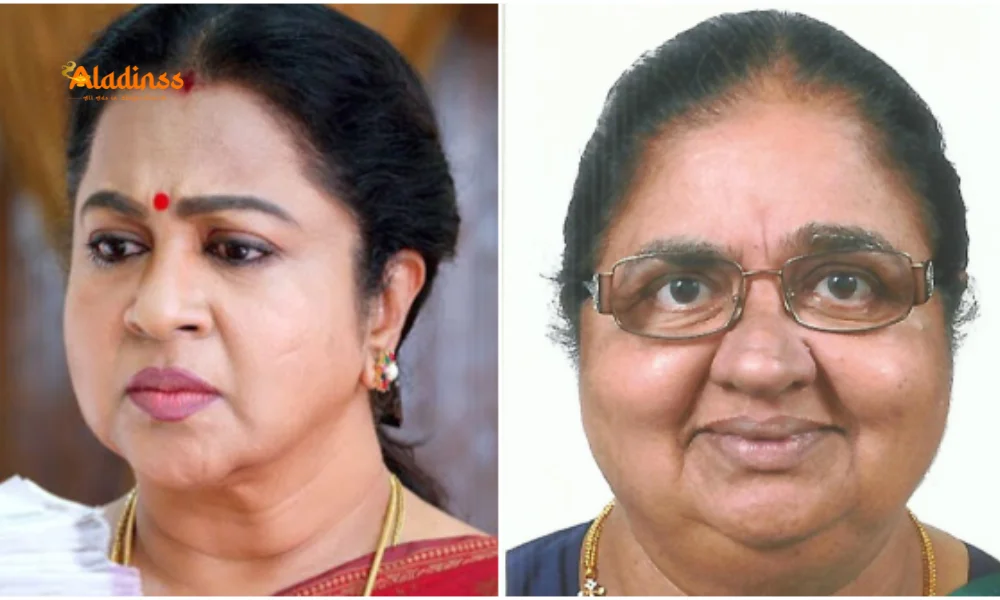Navratri 2025 Day 2: Brahmacharini Devi Worship and Grey Decorations

Navratri 2025 Day 2: Worshipping Brahmacharini Devi with Grey Elegance
Navratri, one of India’s most vibrant and spiritually significant festivals, is in full swing, captivating devotees across the nation. This nine-day celebration, which began on September 22, 2025, honors the divine feminine energy of Goddess Durga in her nine forms, collectively known as Navadurga. On the second day of Navratri, September 23, 2025, devotees pay homage to Goddess Brahmacharini, the embodiment of penance and devotion. This article delves into the rituals, decorations, auspicious timings, and significance of the second day of Navratri, offering a comprehensive guide for those celebrating this sacred festival.
Who is Goddess Brahmacharini?
On the second day of Navratri, devotees worship Goddess Brahmacharini, the second incarnation of Navadurga. The name "Brahmacharini" signifies one who practices austerity and penance. She is depicted as a serene and simple goddess, holding a kamandalam (water pot) in her right hand and a rosary in her left, symbolizing her dedication to spiritual discipline. Brahmacharini is revered for her unwavering devotion and strength, inspiring devotees to pursue righteousness and self-control. Worshipping her is believed to grant wisdom, knowledge, and spiritual growth, making this day particularly significant for students and spiritual seekers.
Auspicious Timing for Puja on Day 2
Timing plays a crucial role in performing Navratri rituals to ensure their efficacy. On September 23, 2025, the second day of Navratri, the most auspicious time to perform the puja is between 07:45 AM and 08:45 AM. Alternatively, devotees can conduct the puja after 4:45 PM, ensuring to avoid Rahu Kalam and Emakandam periods, which are considered inauspicious for initiating sacred rituals. These timings allow devotees to align their worship with the cosmic energies, enhancing the spiritual benefits of their prayers.
Decorations for the Second Day of Navratri
The second day of Navratri is marked by specific decorative elements that reflect the serene and austere nature of Goddess Brahmacharini. A key aspect of the decoration is the creation of a kolam, a traditional South Indian art form made with rice flour. On this day, devotees are encouraged to create a dot-shaped kolam in the puja room, complemented by a grid-shaped kolam for worship. These intricate designs are believed to invite positive energies into the home and create a sacred ambiance for the rituals.
The goddess herself is adorned with a grey-colored garment, symbolizing simplicity and purity. Devotees are also encouraged to wear grey clothes while performing the puja to align with the energy of Brahmacharini Devi. The use of grey reflects the goddess’s ascetic nature, emphasizing detachment from material pleasures and a focus on spiritual growth. In addition to the kolam, the puja room is often decorated with sandalwood paste, turmeric, and a kalash (sacred pot) placed on the kolu steps, which are traditional doll displays set up during Navratri in Tamil Nadu.

Rituals and Offerings for Brahmacharini Devi
The worship of Brahmacharini Devi involves a series of rituals that are both simple and profound. Devotees begin by cleaning the puja room and setting up the kolu, a tiered display of dolls and figurines that narrate mythological stories. A kalash, filled with water and adorned with mango leaves and a coconut, is placed prominently on the kolu steps, symbolizing prosperity and divine presence. The kolam is sprinkled with sandalwood paste and turmeric, creating a sacred space for the goddess.
Offerings to Brahmacharini Devi typically include sugar and fruits, as these are believed to please the goddess and invoke her blessings for a disciplined and fulfilling life. The puja begins with the lighting of a lamp, followed by the chanting of mantras dedicated to Brahmacharini Devi. Devotees often recite the Durga Saptashati or other sacred texts to honor the goddess. The simplicity of the rituals reflects the goddess’s ascetic nature, encouraging devotees to focus on inner purity and devotion.
Significance of Worshipping Brahmacharini Devi
Worshipping Brahmacharini Devi on the second day of Navratri holds immense spiritual significance. As the goddess of penance, she teaches devotees the value of discipline, perseverance, and devotion in achieving their goals. Her worship is particularly beneficial for those seeking mental clarity, academic success, and spiritual enlightenment. By offering prayers to Brahmacharini Devi, devotees aim to cultivate inner strength and overcome obstacles in their personal and professional lives.
The grey color associated with this day symbolizes neutrality and balance, encouraging devotees to maintain equanimity in all aspects of life. The rituals performed on this day, including fasting and chanting, help purify the mind and body, fostering a deeper connection with the divine. Many devotees also undertake a vow of silence or minimal speech to emulate the goddess’s ascetic lifestyle, further enhancing the spiritual impact of their worship.
Navratri Celebrations in Tamil Nadu
In Tamil Nadu, Navratri is celebrated with unparalleled fervor and creativity, particularly through the tradition of kolu. Homes and temples are adorned with colorful decorations, including vibrant kolams, floral arrangements, and intricate doll displays. Women play a central role in the festivities, dressing in traditional attire and participating in pujas and cultural events. The kolu, often featuring dolls depicting gods, goddesses, and scenes from Indian mythology, becomes a focal point for community gatherings and celebrations.
The second day of Navratri in Tamil Nadu sees homes buzzing with activity as families prepare for the puja. The kolam, meticulously drawn with rice flour, adds a touch of artistry to the proceedings, while the grey-themed decorations create a serene atmosphere. Devotees also exchange sweets and prasad, strengthening community bonds and spreading festive cheer. The playing of traditional instruments, such as the veena and mridangam, adds a musical dimension to the celebrations, making the second day a harmonious blend of spirituality and culture.
Tips for a Meaningful Navratri Day 2 Celebration
To make the second day of Navratri truly special, devotees can follow these practical tips:
- Start the day with a clean and organized puja room to create a sacred space for worship.
- Prepare a dot-shaped and grid-shaped kolam using rice flour to invite divine blessings.
- Dress in grey attire to align with the theme of Brahmacharini Devi.
- Offer sugar and fruits as prasad to please the goddess.
- Chant mantras dedicated to Brahmacharini Devi, such as “Om Devi Brahmacharinyai Namah,” to invoke her blessings.
- Maintain a calm and focused mind during the puja, reflecting on the values of discipline and devotion.
By incorporating these elements, devotees can create a meaningful and spiritually enriching experience on the second day of Navratri. The worship of Brahmacharini Devi not only deepens one’s connection with the divine but also fosters personal growth and inner peace.
Comment / Reply From
No comments yet. Be the first to comment!








